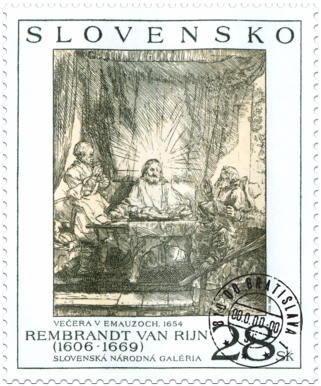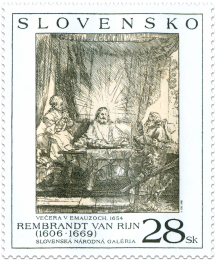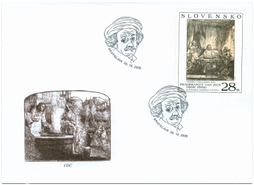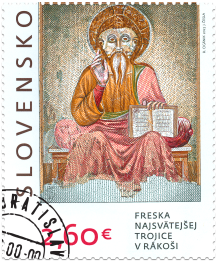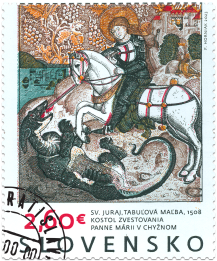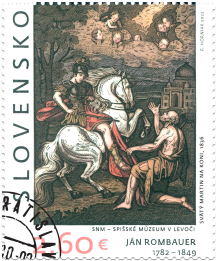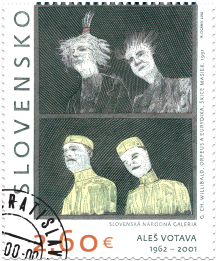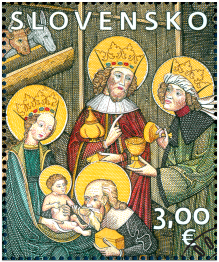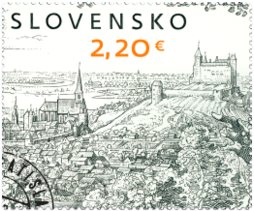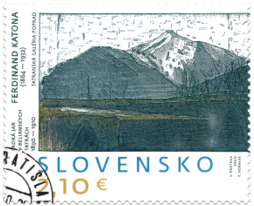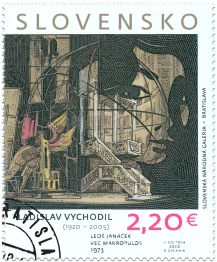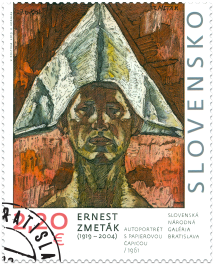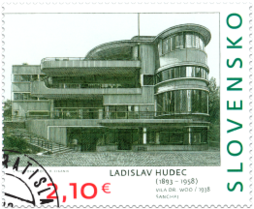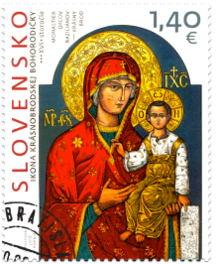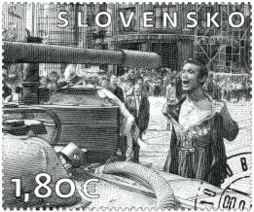364 Date of issue
20.10.2005 Face value
28.00 Sk Sell price
0.47 €
© Slovak Post, 2005 Rembrandt Harmensz van Rijn (1606, Leyden – 1669, Amsterdam) is one of the most famous and distinguished artists of all time. Unlike some of his great contemporaries, such as Vermeer van Delft and Frans Hals, Rembrandt was the representative of chiaroscuro of the Baroque style. He mastered various media with brilliancy; he was recognised as a painter, drawer, and engraver. Apart from portraits, his collection of work includes landscapes and figure compositions, but mostly secular and historical images. He devoted much of his attention to portraying biblical motifs. Rembrandt is the author of 400 paintings, over 1 000 drawings, and about 300 engravings; the latter also include the two reproduced engravings: Christ at Emmaus and Christ and the Woman of Samaria. The scene portrayed on the stamp ‘Christ at Emmaus’ is based on a story from the New Testament (Lk 24, 28-32), when following His resurrection Jesus Christ sat together with his disciples, who only recognised him when he broke the bread at the dinner. The figure of Christ is the focal point of the scene, and the light He casts unites the overall composition and contributes to the enigmatic and mystical character of the picture. FDC portrays the depiction of another biblical story – Christ and the Woman of Samaria at the Well (J 4). Even thought Rembrandt pictured their meeting as a genre scene, as a chance meeting of a man and a woman at a well, the overall composition, light and atmosphere add to the more grave air of the scene. Both biblical themes were very close to Rembrandt’s heart, he returned to them with variations at later stages in his life. We can also recognise them in drawings and paintings (Louvre, Paris).
Show less© 2024 POFIS - Postal philatelic service. All rights reserved

